Anxious attachment in adults is a result of negative attachment between parents and children, in childhood. This post is going to delve deep into the insecure anxious attachment style, how insecure anxious attachment in adults work, and how to overcome anxious attachment.
A childhood characterized by healthy, supportive parenting – in other words, secure attachment – is the foundation for calm and confident adulthood.
What Causes Anxious Attachment In Adults?
If you suffer from chronic anxiety you already know it’s a negative and undermining experience. What you may not know is the extent to which anxiety takes control of your life.
Anxiety uses fear-based beliefs and neurology to hook you. Beliefs that you can’t trust yourself to cope with a world that feels neither safe nor manageable.
Specifically, fear-based beliefs that you will fall on your face, look ridiculous, fail, or otherwise suffer humiliation in the future should you choose to take the action that fear wants you to avoid, keeping you stuck and, ultimately, controlled by fear.
Related: What Is Anxious Attachment Style: Signs, Causes and How To Cope
These fear-based beliefs are almost always irrational to some extent because they work to convince you that, 1. either you don’t have what it takes to deal effectively with the world, i.e. that you are inadequate, and/or, 2. the world is a dangerous place, where threat is lurking around every corner.
On a neurological level, recurring or ongoing high-level stressors condition the brain to be in a state of over-alert, potentially leading to anxiety based, hyper-vigilant state of mind, where you either feel keyed up or shut down a lot of the time.
Overcoming anxiety requires learning how to effectively challenge negative core beliefs while simultaneously calming down hyper-arousal in the nervous system, leading to the creation of more realistic beliefs and a more tranquil nervous system.
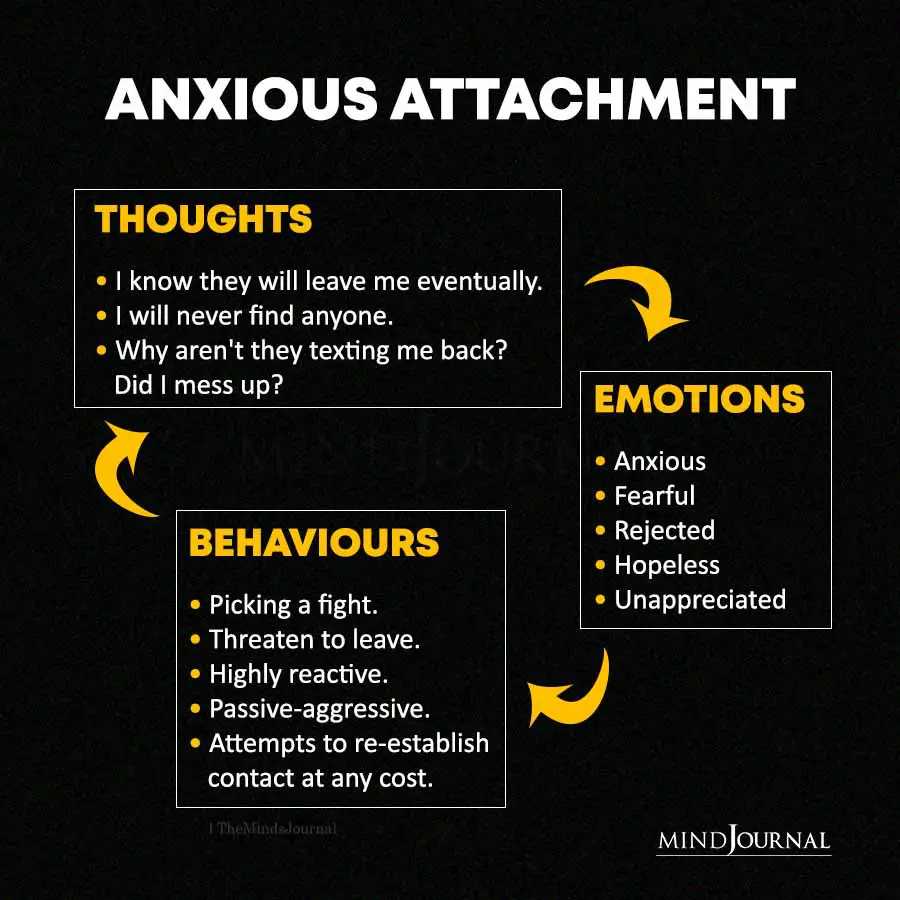
Anxiety, Loss & Insecure Attachment
From my observation, chronic anxiety is primarily a psychological response to past losses, chief among them unmet childhood attachment needs, characterized by neglect or abuse and leading to ongoing psychological distress from never having felt adequately nurtured, protected or supported.
These kinds of early life losses can prime the sufferer to believe that the future will be equally or more fearful and daunting. Under non-traumatic circumstances, anxiety can be a normal, temporary response to the loss of security and stability, such as the death of a loved one or the end of a key relationship, illness, or loss of a job.
However, historical losses, such as childhood abuse and neglect or traumatic events can ‘hard wire’ the emotional brain to perceive the world as unsafe, and our place in it as precarious.
When these kinds of deep-seated losses occur, our world as we knew it, needed it to be or hoped for ceased to be, and we can feel ‘permanently’ disoriented and threatened, long after the trouble is over. Our brains can become ‘anxious’ all the time, responding to each new challenge, whether big or small, as a full alarm threat.
Anxiety is a ‘fast-forward’ emotional experience in that we worry in the present about the future, whether near or distant. Whilst in the grip of anxiety, we see ourselves hurtling with inadequate control into a future where we fall flat on our face, or suffer other indignities.
Chronic anxiety leads to ingrained catastrophic thinking and loss of confidence. Anxiety screams “I don’t trust my ability to handle my life”. It plants seeds of self-doubt and feeling powerless, which can then take charge of our lives.
At its core, chronic anxiety stems from a fear that the world is not a safe place and, therefore, we can’t be safe in it.
At a fundamental level, the absence of a secure base in childhood, established through healthy attachment to parental figures, is likely the biggest cause of chronic anxiety.
Lack of positive and stable attachment bonds with parents can lead to chronic insecurity, as well as a loss of faith in one’s ability to deal effectively with the demands of life and to find a place for oneself in the world.
The earlier these losses happen in life, the more vulnerable a person is to believe that they are unsafe and can’t cope. And the more insecure an individual feels, the more likely their brain is to orient towards a hyper-vigilant, guarded stance, also known as the ‘stress response’.
Related: Insecure Attachment Style: How Parent-Child Dynamics Affect Adult Relationships
In this respect, secure attachment in childhood is the most profound precursor to – and safeguard of – a life free from chronic anxiety.
A habitual stress response to fear triggers, characterized by ‘fight, flight, freeze, collapsing or fawning’ reactions to life and others, creates life long anxiety.
When the brain becomes stuck in a chronic stress response, emotions are blocked and the mind is prevented from re-orienting healthily or easily in the present and discovering healthy ‘alternatives’ to anxiety.
Our emotions are vital messengers of what we need or don’t need, and the main source of human motivation and the choices we make. If we are caught in a chronic anxious state, our emotions are inaccessible, meaning we can’t know or choose what we need – or can feel – instead of anxiety, or know the difference between a perceived or actual threat.
In other words, our ability to experience reality is compromised, as anxiety compels us to look at present tense stressors, real or imagined, through the filter of past threats, and imagine the worst possible outcomes.
Chronic anxiety also conditions us to be fearful about the future, as we anticipate normal losses, such as aging, loved ones dying or even children leaving home, with trepidation rather than faith in oneself to manage.
The good news is that our brains are elastic. Just as we have ‘learned’ to be anxious, we can also learn new ways to respond to past hurts and fears, and overcome anxiety about the future, so we can live more realistically – and calmly – in the present.
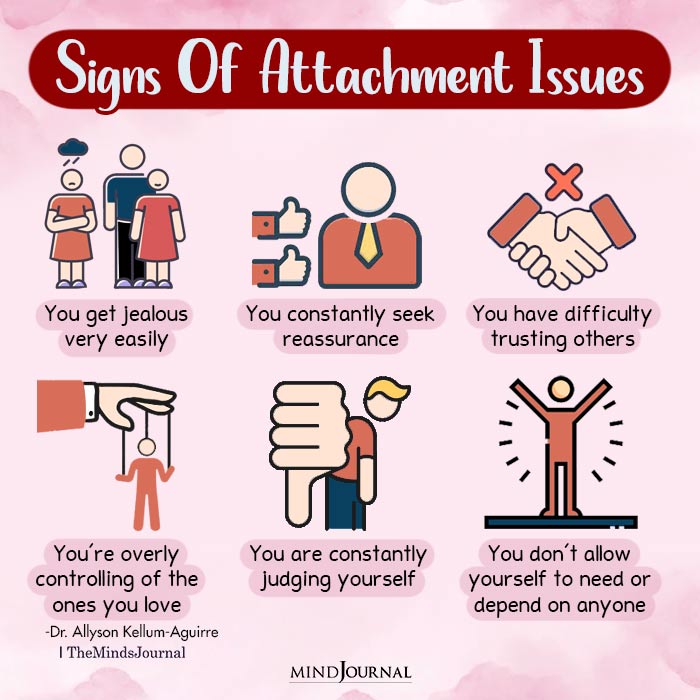
How To Overcome Anxious Preoccupied Attachment
1. The first step is to become aware of the early warning signs of anxiety.
And to intervene before it gets out of hand. Is it a tight feeling in your chest, head, throat or gut? Or does it show up as racing thoughts or negative thoughts? Learn to recognize the first signs of anxiety, then…
2. Stop! Break the vicious circle.
Focus on breathing slowly from your belly. Anxiety leads to shallow breathing, which in turn makes your stress hormones spike, creating even more anxious feelings.
By focusing on something as natural as slow breathing you signal to your brain that you are safe, which will lower your stress hormones, allowing you to quickly feel calmer – usually within 5 short minutes!
When you are feeling calmer physically you can then…
3. Start to think your way out of anxiety.
Anxiety causes your thoughts to race and undermines your ability to think rationally. Once you have calmed down physically through slow breathing, you are in a position to be able to examine – and stand up to – the negative beliefs that set you up to experience fear-based thinking.
You need to expose your worst fears about yourself and your world for what they are – usually serious underestimations at best, or destructive lies at worst. After all, you are still standing and, although not painless, at least to some extent you have succeeded at the business of living.
Fear-based thinking relies on convincing you that the world is a scary place and that you are either powerless or not competent to function in it. Identify your core fear-based beliefs. For example, “I can’t cope”. Ask yourself, “What’s the proof of this? “Are there any exceptions to this belief?” and “What is the evidence to the contrary?”
In other words, think of the times you have been ‘good enough’. You have survived thus far, and likely have some reliable survival skills and other positive characteristics that have kept you upright and moving forward.
Related: What Is Disorganized Attachment And How It Can Ruin Your Relationships
4. Reframe fear-based beliefs to be more reflective of the reality of who you really are.
For example, “I can’t cope” can usually be reframed as “Even though I feel inadequate when fear gets a hold of me, I recognize there are times when I have coped adequately enough. For example…” Write down examples of your ‘adequacy’ – it provides proof and makes your abilities feel more concrete and real.
If you have problem areas, such as chronic insecurity, make a plan for overcoming it. Find the right solution to the problem. Ask yourself, “Do I need to build personal strengths or relationship skills, or both?” Decide what needs to happen first. For example, do you need to improve your self-confidence on your own, or get more experience with people?
Avoid situations – or people – that make you feel ashamed or bad about yourself. Then take incremental steps towards creating a new, realistic narrative of your life based on who you are and can be, not your deepest fears, losses, abuse history or traumas.
5. Seek out securely attached friends and intimate relationships.
You may need to limit or end contact with people who make you feel inadequate, unworthy, devalued, blamed or shamed.
You may also need to break the conditioned habits of gravitating towards people who make you feel small. (For more information, please see my article on attachment trauma and relationships HERE)
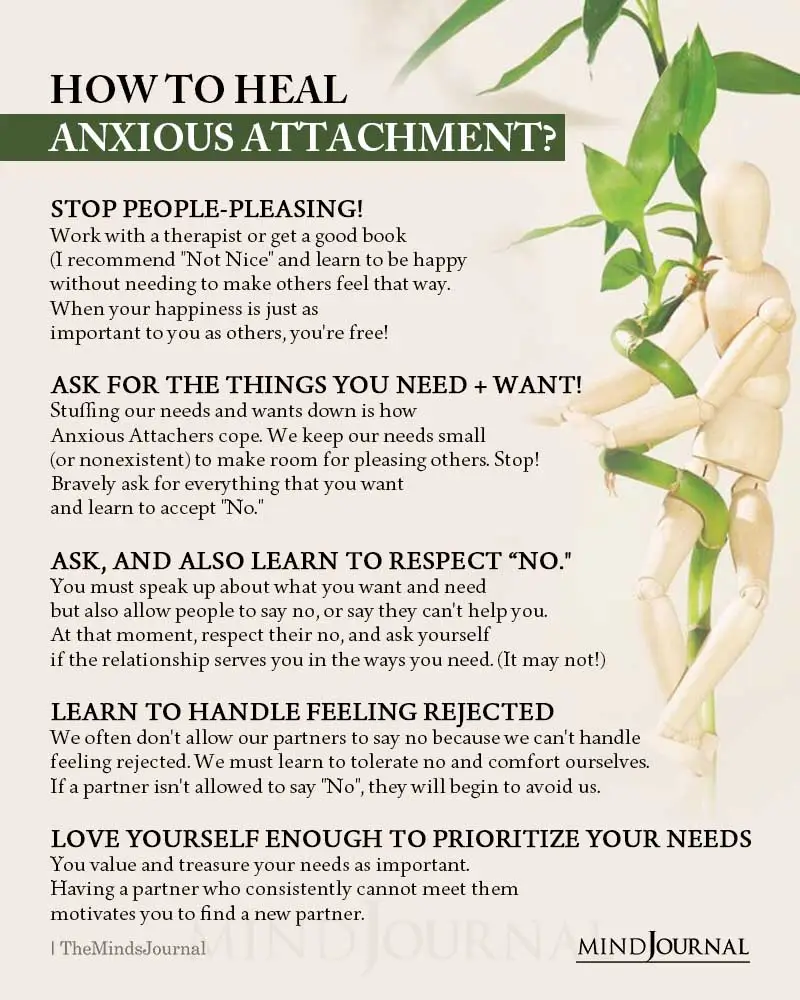
6. Get therapy if you are stuck.
Many people feel bogged down by anxiety, especially lingering insecure attachment based anxiety from childhood, and need temporary support to overcome it effectively. Honestly ask yourself if you need some extra help. This is not a sign of weakness but of common sense.
Related: The 3 Types of Attachment: Which One Drives Your Relationship?
The good news is that counselling can usually help you resolve anxiety more quickly than you can on your own, often in 8 to 20 sessions. Once you start overcoming anxiety you’ll feel more confident and independent, which creates a solid foundation for an anxiety-free life.
Written By Glynis Sherwood MEd
Originally Appeared On Glynis Sherwood
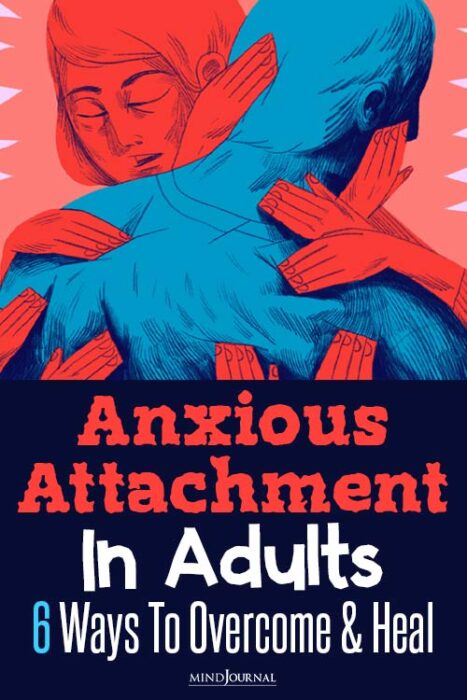
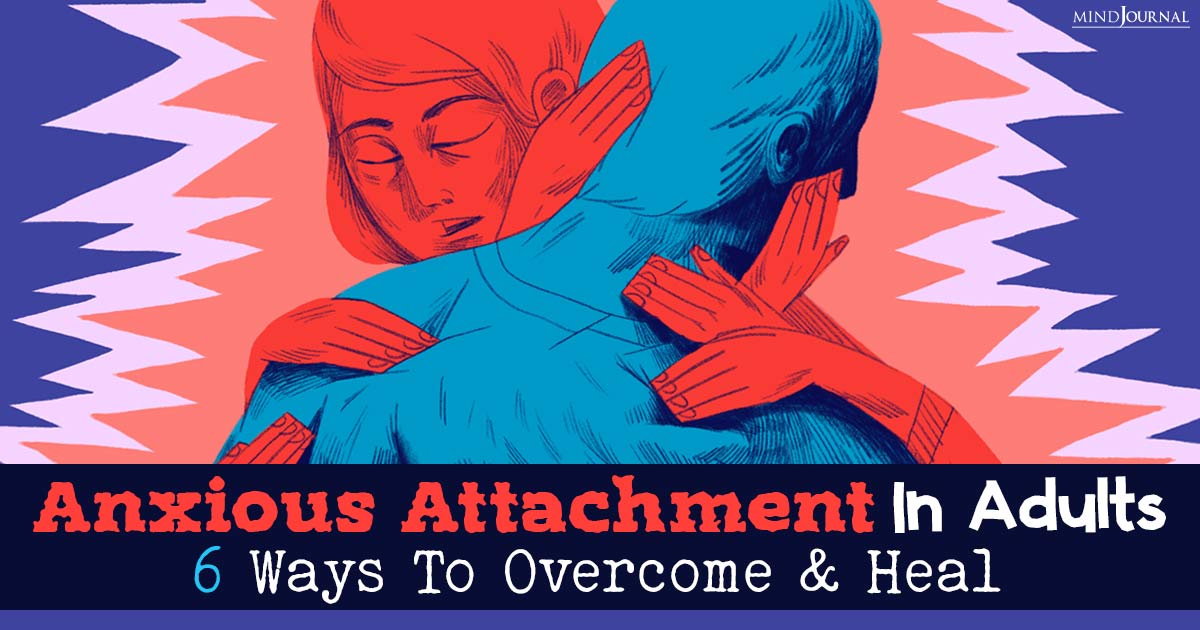
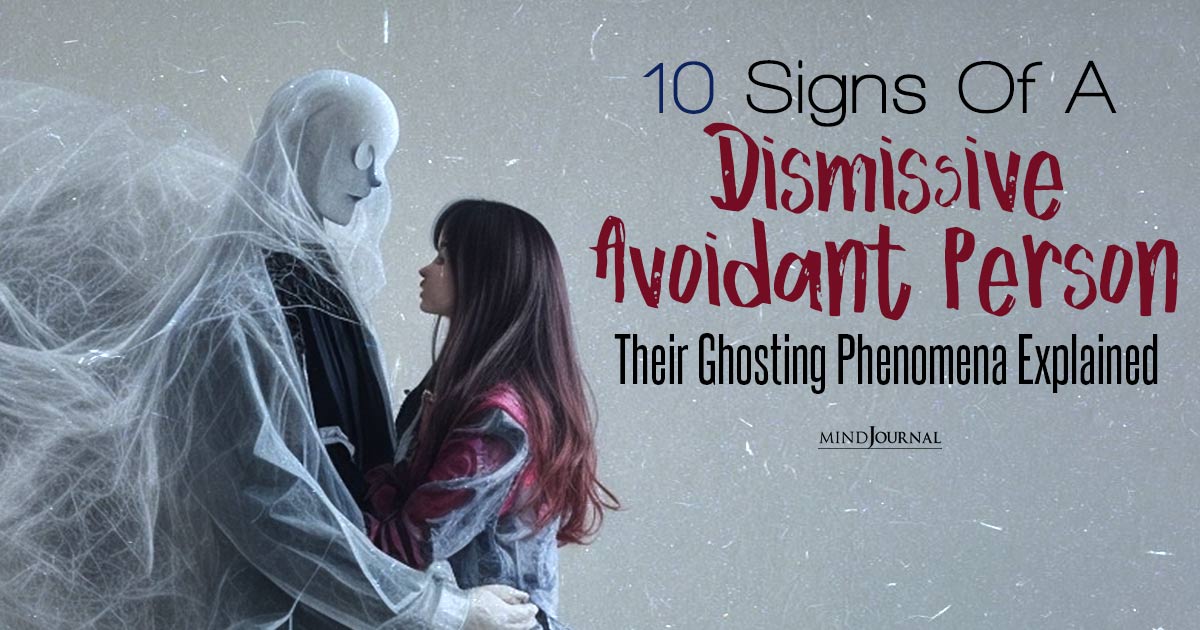
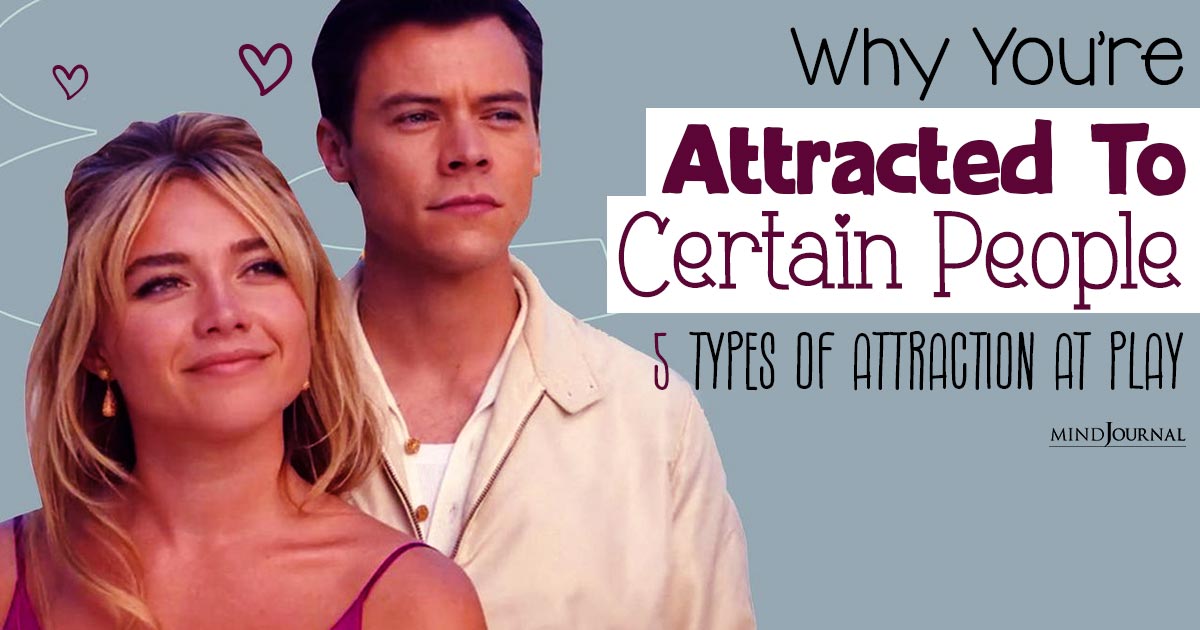
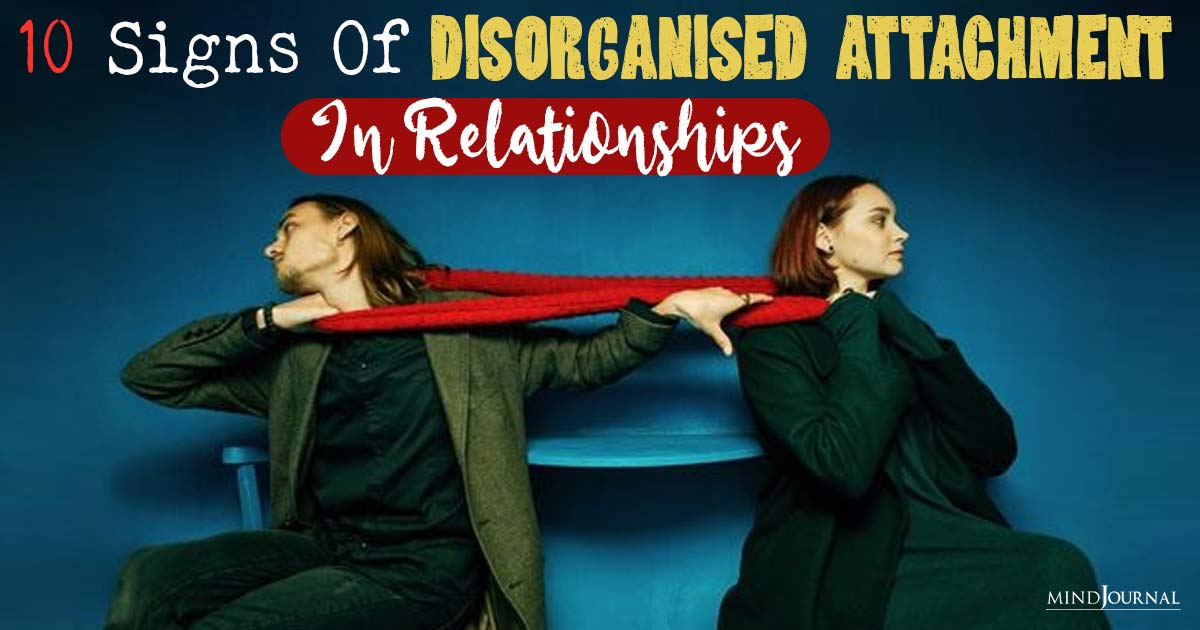
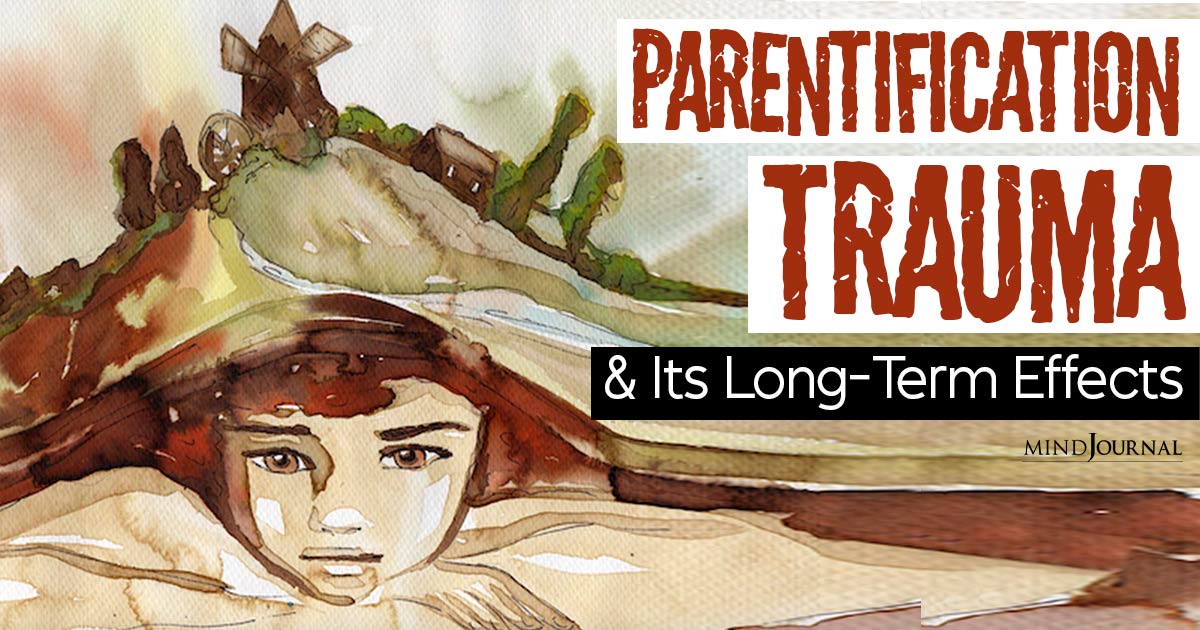
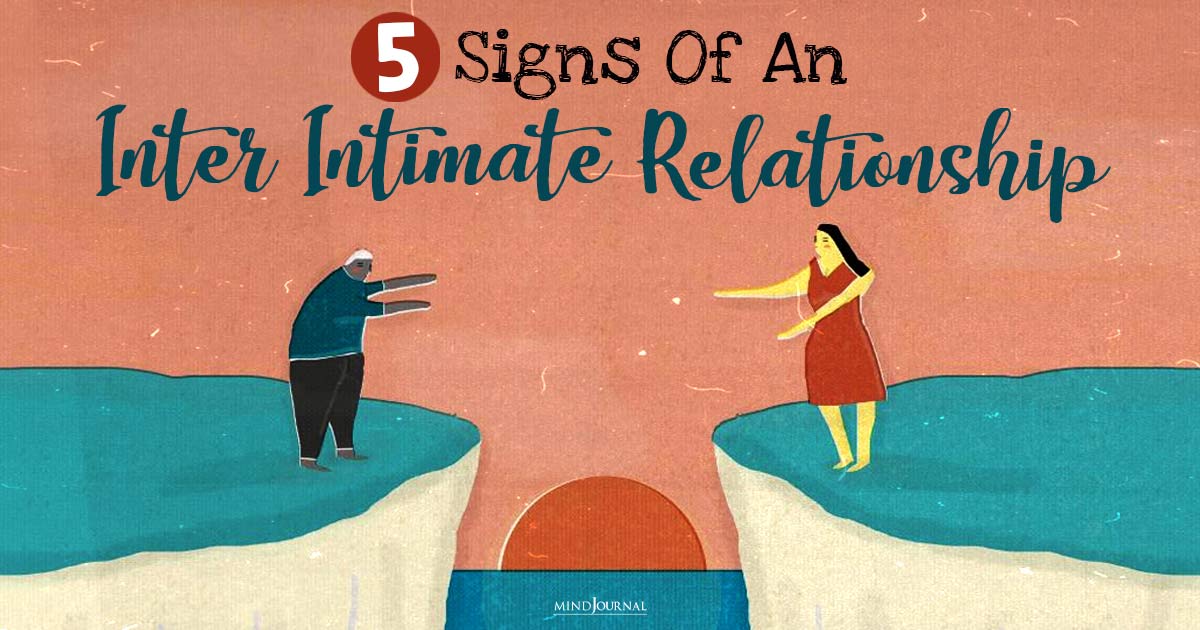
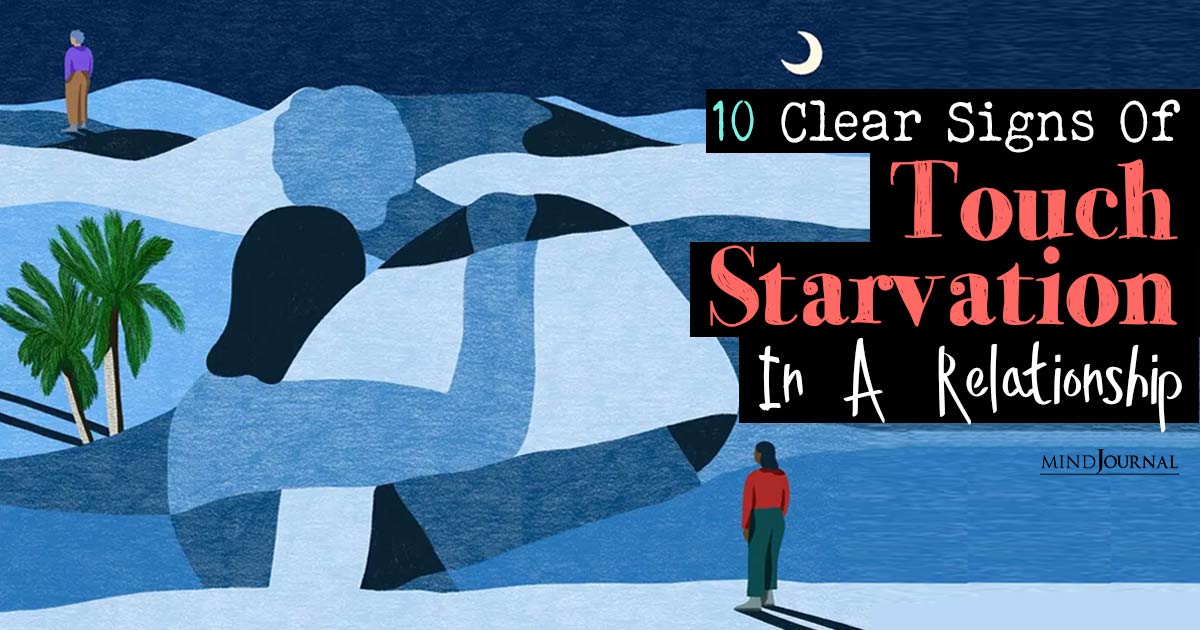

Leave a Reply
You must be logged in to post a comment.